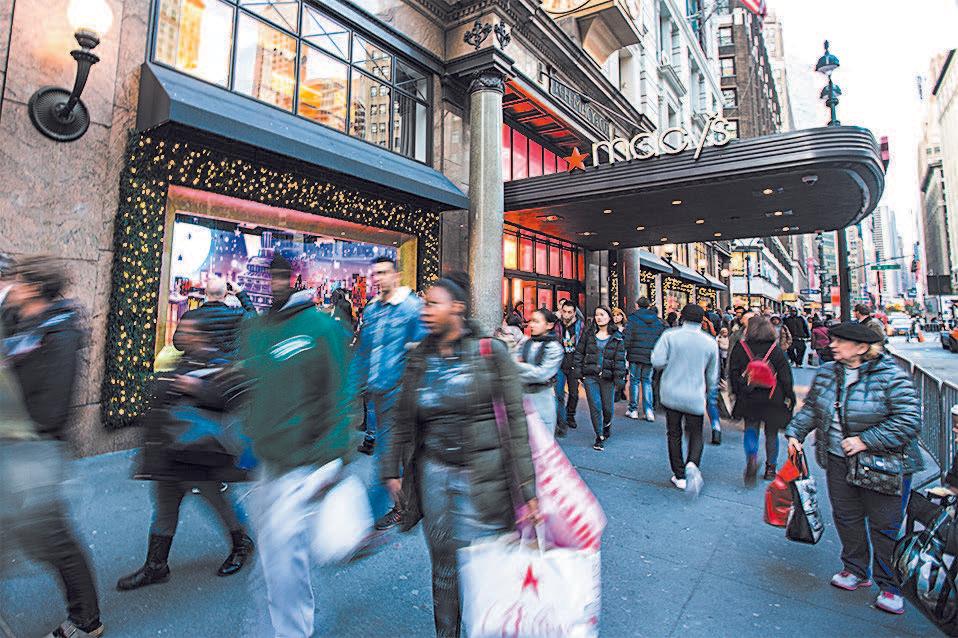GDP is up 3 percent in the third quarter, the S&P 500 is up 15 percent this year, and unemployment is at lows not seen since the early 2000s. The scene is set for supporters of both political parties, and the current and former presidents, to come out and claim it was their man who did it.
President Donald Trump often tweets about the stock market and takes credit for its decent performance. On the other hand, Obama supporters claim Trump is merely reaping the benefits of the previous administration’s policies. Both camps are missing the bigger picture.





